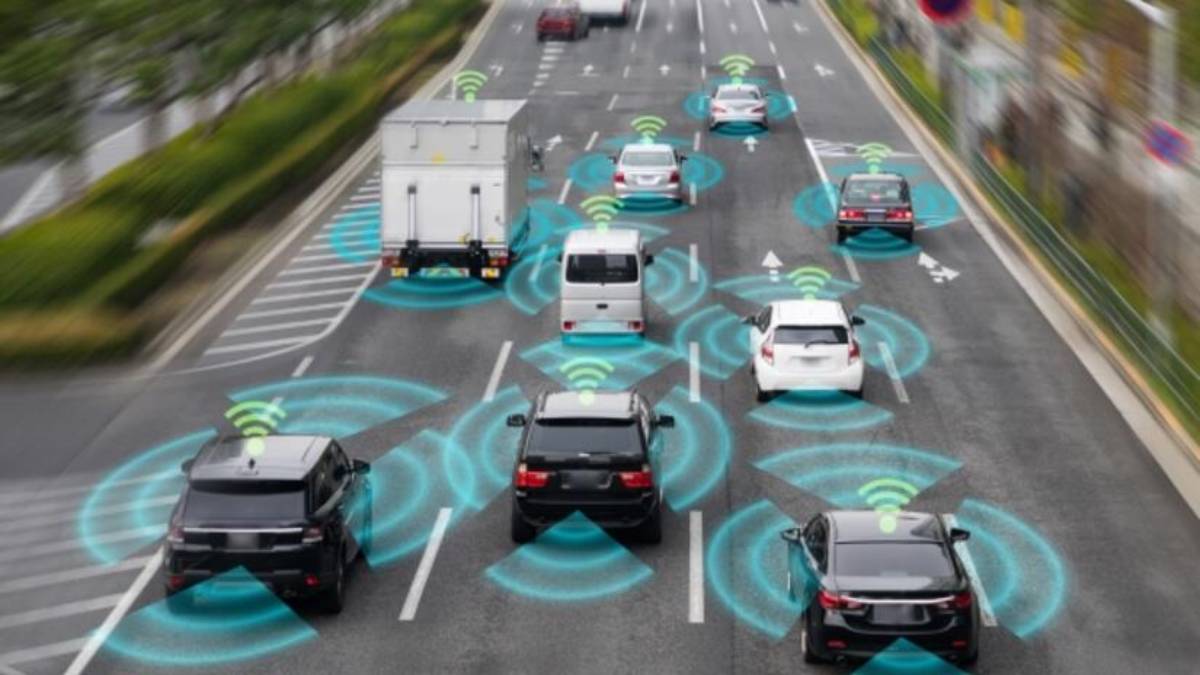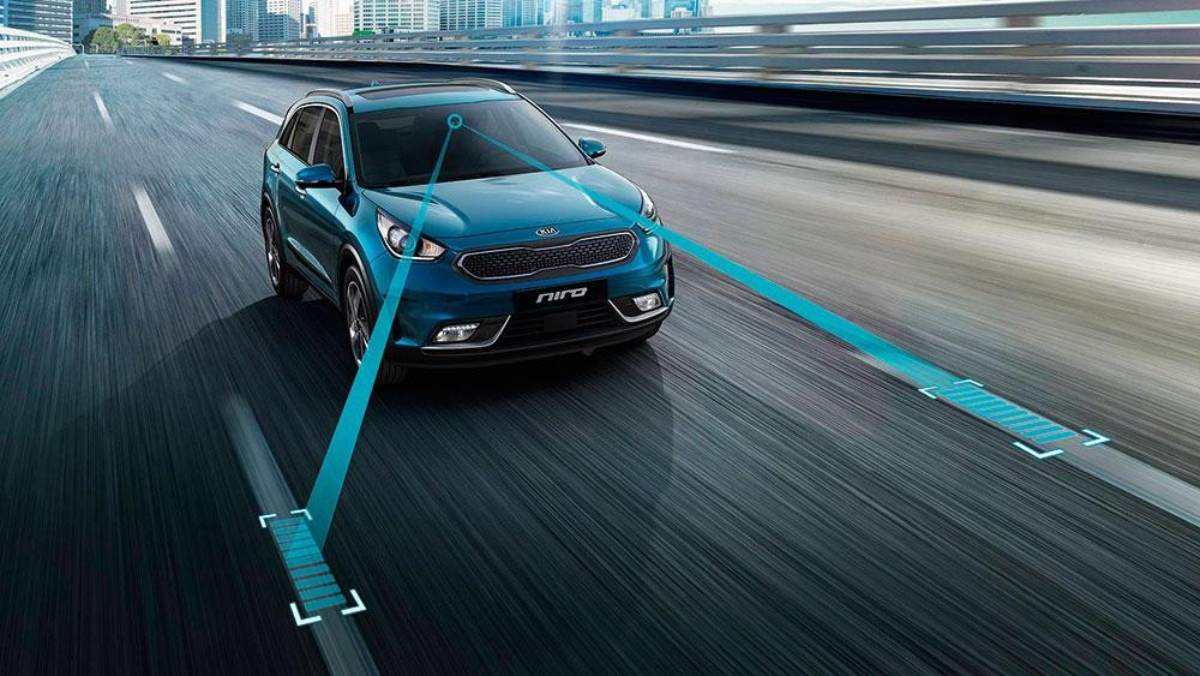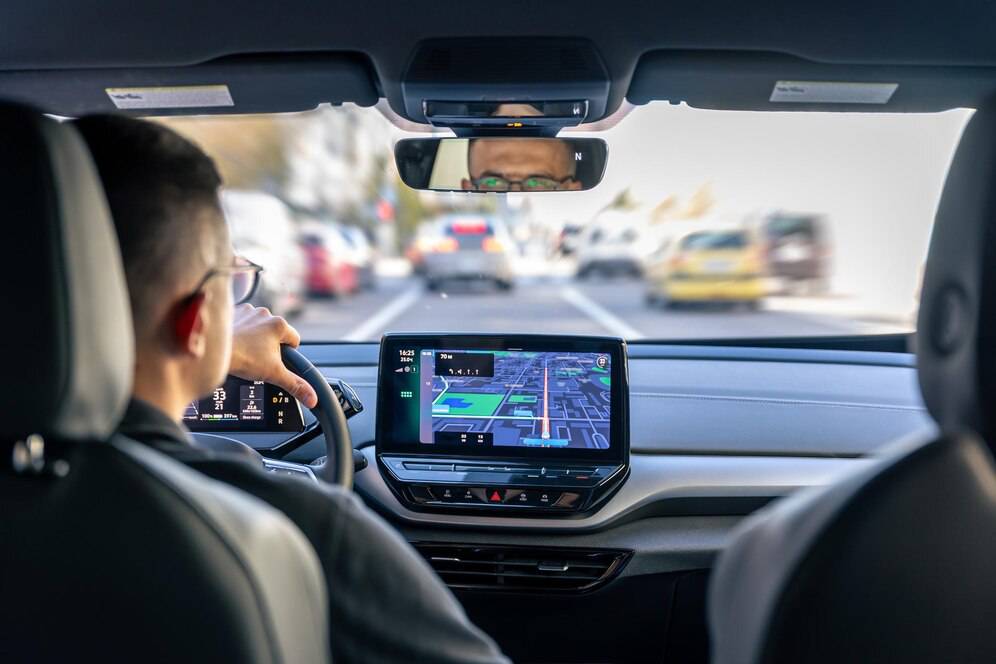
The Future of Lane-Keeping Assist Technologies
In the changing world of car technology, Advanced Driver Assistance Systems (ADAS) are key to vehicle safety. Lane-keeping assist technologies are key features that could change how we drive on roads. To explore lane-keeping assist’s future, we must first see its current role. Then, we can look at possible advancements. Finally, we should consider what this means for drivers and the car industry.
Lane-keeping assist technologies help keep cars safe. They make sure vehicles stay in their lanes. This feature is key to stopping accidents from unintentional lane departures. These often happen on busy motorways. In the future, lane-keeping assist will do more than just monitor lanes. It will add advanced ADAS features, which can change vehicle safety standards.
Key Benefits of Lane-Keeping Assist Technologies
Enhancing Road Safety
Lane-keeping assist technologies mainly help by lowering the chance of accidents. According to data from the Department for Transport, lane departure is a leading cause of road accidents in the UK. Lane-keeping assist systems help keep vehicles safe. They track the vehicle’s position and adjust steering as needed. This active monitoring can prevent accidents and improve road safety.
This technology is great at fighting driver fatigue and distraction. These are two major causes of lane departure accidents. When a vehicle drifts, the system reacts quickly. It gives visual or sound warnings, or it can automatically adjust the steering. This proactive response can mean the difference between a near-miss and a collision.
Real-Life Applications
In practice, lane-keeping assist technologies have already demonstrated their effectiveness in various scenarios. On long motorway drives, drivers can get tired. This fatigue may cause them to drift into other lanes. Lane-keeping assist systems can spot when a vehicle drifts. They gently steer it back into the lane. This helps lower the chance of accidents.
In busy city areas with heavy traffic, these systems help keep lanes in order. This leads to smoother traffic flow and lowers the chances of side-swipes and minor accidents. Emergency services and delivery fleets are now adding lane-keeping assistance to their vehicles. They see clear safety benefits in stressful driving situations.
Data-Backed Insights
Research from the European New Car Assessment Programme (Euro NCAP) shows that cars with lane-keeping assist systems have fewer lane departure accidents. Studies from the Insurance Institute for Highway Safety (IIHS) show that vehicles with active lane-keeping features have 11% fewer single-vehicle, sideswipe, and head-on crashes than those without these systems.
Fewer crashes mean fewer insurance claims and lower premiums. This encourages consumers and manufacturers to use this technology more widely.
How Lane-Keeping Assist Works

Understanding how lane-keeping assist technologies function can demystify their capabilities and limitations. At their core, these systems rely on a combination of sensors, cameras, and sophisticated algorithms. Here’s a breakdown of the key components:
- Cameras mounted near the rearview mirror detect lane markings on the road.
- Radar sensors can detect nearby vehicles and objects to assess road position and movement.
- Steering actuators allow the vehicle to apply gentle corrections to keep the car centred.
- Control units interpret data from the sensors to determine when corrective action is necessary.
Most systems fall into one of two categories:
- Lane Departure Warning (LDW): Alerts the driver when the vehicle begins to drift.
- Lane Keeping Assist (LKA): Actively intervenes to steer the vehicle back within lane boundaries.
Some advanced systems help keep the car centred in its lane, even on curves. For example, Lane Centring Assist works well with adaptive cruise control. This allows for a smoother semi-autonomous driving experience.
Additional Expert Tips & Common Mistakes to Avoid
Best Practices for Lane-Keeping Assist
To make lane-keeping assist technologies work best, drivers must know how they work and what their limits are. Here are a few best practices:
- Routine Calibration: Lane-keeping systems depend heavily on precise camera alignment. After repairs or windshield replacements, always ensure proper recalibration by a qualified technician.
- Clean Sensors and Cameras: Dirt or ice can block sensors, rendering the system ineffective. Regular cleaning and maintenance are key to reliability.
- Stay Informed: Different vehicle makes and models have varying versions of lane-keeping assist. Consult your vehicle’s manual and stay up-to-date with software updates.
Common Mistakes and Misconceptions
A common misconception about lane-keeping assist technologies is that they render drivers obsolete. This is far from the truth. These systems are helpful, but they aren’t perfect. Bad weather or unclear road signs can impact their performance. Drivers must remain vigilant and ready to take control when necessary.
Other common mistakes include:
- Overconfidence in the system: Drivers might be overconfident. They may take their hands off the wheel for too long, thinking the system can manage everything.
- Using LKA in inappropriate conditions: The wrong conditions can cause issues. Systems might fail on roads with worn lane markings. They also struggle in heavy rain, snow, or construction zones.
- Ignoring alerts or warnings: Overlooking alerts or warnings can be risky. Beeping sounds and dashboard lights serve a purpose. If you ignore them, you might face serious problems.
Advanced Insights and Expert Recommendations
Integration with Autonomous Driving
As the automotive industry moves toward self-driving cars, lane-keeping assist technologies are vital for this change. These systems are already a core feature of Level 2 autonomous driving as defined by the SAE. When combined with other ADAS features like adaptive cruise control, automatic emergency braking, and traffic sign recognition, they allow for semi-autonomous driving on highways.
Leading car manufacturers are already combining these systems into comprehensive driver-assist packages. Tesla’s Autopilot, GM’s Super Cruise, and BMW’s Driving Assistant Professional combine lane-keeping assistance (LKA) with other advanced driver-assistance systems (ADAS). They offer a nearly hands-free experience in specific situations.
Unique Industry Perspectives
Experts say future lane-keeping assist systems will use AI and machine learning. These advancements will help systems adjust to each driver’s style and preferences. This means a more personalized and intuitive driving experience. AI could learn how much correction a driver typically prefers, reducing perceived interference.
Integrating vehicle-to-vehicle (V2V) and vehicle-to-infrastructure (V2I) communication will boost lane-keeping assist systems. This way, vehicles can quickly anticipate and react to changing road conditions. A car can get data about lane closures and change its lane position. This happens before the driver even notices.
Regulatory Developments and Standards
As ADAS technologies grow, regulators are working to ensure safety and standardisation. The EU requires that all new vehicles sold from 2024 have basic driver assistance features. This includes lane departure warning. These features will help pave the way for more advanced options like LKA.
In the UK, the Highway Code has been updated to reflect the increasing presence of ADAS systems. Guidelines are being created to clarify legal liability when these systems fail. This is a key step for the wider use of autonomous vehicles.
Lesser-Known Insights
Lane-keeping assist technologies can also boost fuel efficiency. These systems can improve fuel economy by keeping the right lane position and reducing extra steering corrections. This helps cut down on aerodynamic drag. This benefit, while not the main focus, adds to the appeal of lane-keeping assist technologies. Today, environmental sustainability is becoming more important.
Additionally, research indicates that widespread adoption of LKA can have a systemic effect on traffic flow. Staying in lanes helps cut down on sudden lane changes, quick stops, and traffic jams. This leads to smoother traffic flow.
Future Innovations in Lane-Keeping Assist
Predictive Lane-Keeping Using AI
Imagine a system that not only reacts to lane departure but also predicts it. Future lane-keeping assist systems could use historical driving data, road conditions, and AI models. They might warn drivers or adjust the vehicle before it starts to drift.

Augmented Reality Dashboards
With the rise of AR displays, visual cues about lane boundaries could be overlaid onto the windshield in real-time. This helps drivers stay in their lane, especially in foggy weather or at night.
Biometric Feedback Systems
Future systems may integrate biometric monitoring and tracking driver attention and fatigue levels. If a driver becomes less alert, the vehicle may boost the lane-keeping system’s sensitivity or turn on extra alerts.
The Road Ahead: Lane-Keeping Assist and the Next Generation of Driving
In conclusion, lane-keeping assistive technologies will change the automotive world. They will bring new safety, efficiency, and smart driving features. As these systems grow and work with other technologies, they will be key to building fully autonomous vehicles. They will also help create smarter, safer roads.
Drivers can use lane-keeping assist technologies to boost safety and lower accident risks. It’s important to stay informed and involved. Know what these systems can do and what they can’t. As technology and transportation blend more, it’s crucial to keep up with the latest in lane-keeping assist technologies.
Ultimately, the journey towards safer roads begins with informed choices and responsible driving. Using lane-keeping assist and other ADAS features can help make roads safer and more sustainable for everyone.
What are your thoughts on the future of lane-keeping assist technologies? How do you envision their impact on your driving experience? Share your insights and join the conversation as we explore the exciting possibilities that lie ahead.